Introduction
Spring bamboo shoots, known scientifically as Phyllostachys edulis and colloquially as “spring jewels,” are a culinary and cultural icon in many parts of Asia and beyond. These tender, crisp shoots emerge from the earth as nature awakens from winter’s slumber, offering a fleeting taste of renewal. For food enthusiasts, chefs, and farmers alike, understanding the precise season when these shoots flood markets is crucial. This article explores the intricate relationship between climate, geography, and cultivation practices that dictate the arrival of spring bamboo shoots, shedding light on their global appeal and the traditions woven around them.
The Botanical Clock: When Do Bamboo Shoots Emerge?
Bamboo shoots are the young, edible offspring of perennial bamboo plants, which belong to the grass family (Poaceae). Their growth cycle is tightly synchronized with environmental cues, primarily temperature and moisture. In temperate regions, such as parts of China, Japan, and the Himalayan foothills, spring bamboo shoots typically begin to pierce the soil in late February or early March. This timing coincides with the thawing of frost and the arrival of mild, rainy weather—conditions that stimulate the plant’s underground rhizomes to send up new shoots.
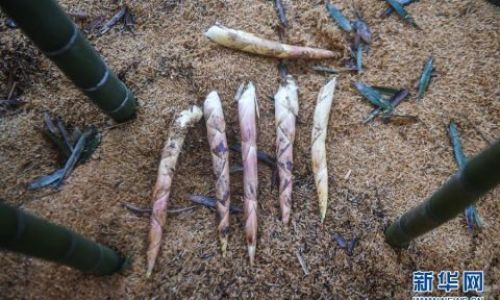
However, the exact “season” varies significantly across latitudes and altitudes. In subtropical zones, like southern China and Southeast Asia, shoots may appear as early as January, while in cooler, high-altitude areas—such as mountainous regions in Japan or Taiwan—the harvest can delay until April or May. This variability underscores the importance of local microclimates. For instance, in China’s Zhejiang Province, renowned for its mao sun (hairy bamboo shoots), the peak season spans March to April, whereas in Sichuan’s misty valleys, shoots emerge a month earlier due to warmer temperatures.
Climate Change and Shifting Seasons
In recent decades, climate change has introduced new uncertainties. Rising global temperatures have led to erratic weather patterns, causing bamboo shoots to emerge earlier in some regions. Farmers in Kyoto, Japan, report harvesting takenoko (bamboo shoots) up to two weeks sooner than they did 30 years ago. While this extension might seem beneficial, it disrupts traditional agricultural calendars and poses challenges for sustainable harvesting practices.
Cultivation Practices: Human Intervention in Nature’s Rhythm
Wild bamboo shoots grow spontaneously, but commercial cultivation relies on meticulous human intervention. Farmers often use mulch or plastic sheets to warm the soil, tricking the rhizomes into sprouting earlier. This technique, called “forcing,” allows growers in cooler regions to simulate subtropical conditions, effectively advancing the harvest season by several weeks.
The process begins in late autumn, when farmers prepare the soil by adding organic matter and covering it with insulating layers. As winter progresses, the trapped heat beneath the mulch creates a microclimate that mimics spring’s warmth. By February, the first shoots emerge, and harvesters carefully extract them before they toughen. This method not only extends the growing season but also ensures a steady supply for markets beyond the natural window.
Global Variations: A Tale of Two Hemispheres
The Northern and Southern Hemispheres experience opposite seasons, yet bamboo’s adaptability allows it to thrive in both. In the Southern Hemisphere, countries like Australia, New Zealand, and parts of South America harvest bamboo shoots during their spring months (September–November). However, the majority of global production remains concentrated in Asia, where bamboo has been cultivated for millennia.
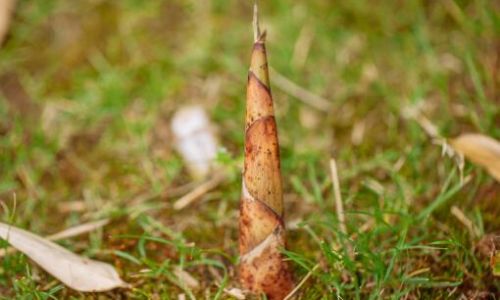
Culinary Traditions and Market Demand
The arrival of spring bamboo shoots is a culinary event. In China, fresh shoots are prized for their delicate flavor and crunch, featured in dishes like sunzi chao rousi (shredded bamboo and pork) or luobo sun (pickled shoots). In Japan, takenoko gohan (bamboo shoot rice) is a seasonal staple, while Koreans enjoy chamchijeon (bamboo shoot pancakes). These traditions drive market demand, with prices peaking during the harvest season.
Modern supply chains now enable year-round access to bamboo shoots through preservation techniques like canning, freezing, and pickling. However, connoisseurs argue that nothing matches the texture and taste of fresh, seasonal shoots. This preference sustains the importance of understanding the natural harvest window, even as industrial methods expand availability.
Harvesting Techniques: A Race Against Time
Bamboo shoots grow rapidly—some species can elongate by over a meter in 24 hours. Once exposed to sunlight, they undergo photosynthesis, toughening their fibers and developing a bitter taste. Harvesters must act swiftly, often within days of the shoot’s emergence.
In China, skilled pickers use small knives to sever the shoots at ground level, ensuring minimal damage to the rhizome. In Japan, traditional methods involve digging around the shoot to expose its base before cutting. This labor-intensive process underscores the shoots’ value and the expertise required to harvest them sustainably.
Economic and Cultural Significance
For rural communities, the bamboo shoot season is a critical income source. In India’s northeastern states, tribal communities rely on bamboo sales for up to 40% of their annual earnings. Similarly, in Vietnam’s Sa Pa region, ethnic minority groups harvest wild bamboo shoots, selling them to urban markets and tourist restaurants.
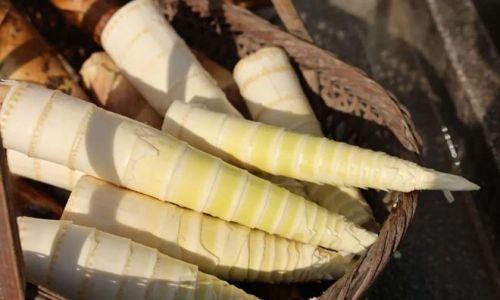
Beyond economics, bamboo shoots hold cultural symbolism. In Chinese folklore, they represent resilience and upward growth, qualities reflected in proverbs like “bamboo shoots after rain—quickly rising.” In Japan, takenoko festivals celebrate the harvest with dances, crafts, and communal feasts, reinforcing community bonds.
Nutritional Powerhouse: Health Benefits of Spring Bamboo Shoots
Spring bamboo shoots are not just a gastronomic delight but also a nutritional powerhouse. Low in calories and rich in dietary fiber, they aid digestion and promote gut health. They contain potassium, which supports heart function, and antioxidants like flavonoids and phenolic acids, which combat oxidative stress.
Traditional medicine also values bamboo shoots. In Ayurveda, they are believed to detoxify the body, while Chinese herbalists prescribe them to alleviate coughs and reduce inflammation. Modern research corroborates these benefits, with studies linking bamboo shoot consumption to lower cholesterol levels and improved blood sugar control.
Environmental Impact: Bamboo as a Sustainable Crop
Bamboo’s rapid growth and minimal resource requirements make it one of the world’s most sustainable crops. Unlike trees, which take decades to mature, bamboo reaches harvestable size in 3–5 years. Its extensive root system prevents soil erosion, and its ability to sequester carbon dioxide—up to four times more than hardwood trees—makes it a climate-friendly choice.
However, intensive monoculture farming poses risks. Soil degradation and pesticide overuse can harm local ecosystems. Sustainable practices, such as crop rotation and organic cultivation, are essential to preserve bamboo’s environmental benefits.
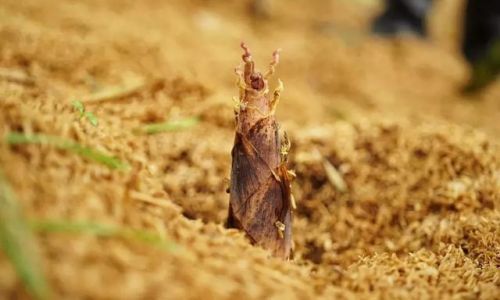
Challenges in Modern Agriculture
Despite their cultural and economic importance, bamboo shoot farmers face numerous challenges. Climate change, with its unpredictable rainfall and temperature swings, disrupts growth cycles. Pests like the bamboo shoot borer (Chilo suppressalis) threaten crops, requiring integrated pest management strategies.
Moreover, urbanization encroaches on bamboo forests, reducing natural habitats. In China, for example, rapid development has fragmented traditional bamboo-growing regions, forcing farmers to adapt or abandon their livelihoods.
The Future of Spring Bamboo Shoots: Innovation and Adaptation
To meet growing global demand, researchers are developing disease-resistant bamboo varieties and optimizing cultivation techniques. Hydroponics and controlled environment agriculture (CEA) offer potential for year-round production, though purists argue these methods compromise flavor.
Meanwhile, chefs and food entrepreneurs are experimenting with bamboo shoots in novel ways, from bamboo shoot crisps to fermented condiments. These innovations expand the ingredient’s appeal beyond traditional cuisines, introducing it to global palates.
Conclusion: Cherishing the Ephemeral Bounty
The season for spring bamboo shoots is a dance between nature and human ingenuity. While climate and geography set the stage, centuries-old traditions and modern agricultural practices ensure these delicate treats grace tables worldwide. As consumers, understanding this seasonal rhythm deepens our appreciation for the food we eat and the ecosystems that sustain it. Whether simmered in a broth, stir-fried with garlic, or enjoyed raw with a dip, spring bamboo shoots remain a testament to the beauty of fleeting moments—and the lengths we go to savor them.
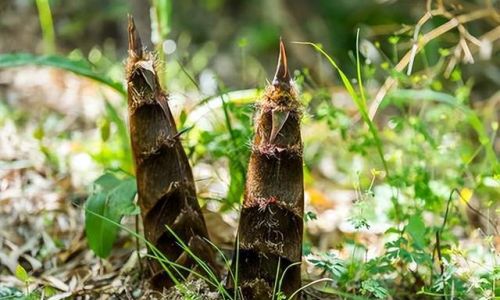
Word Count: 1,650+
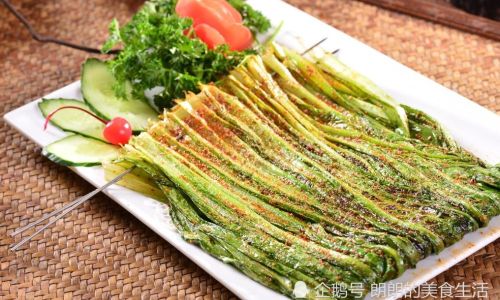
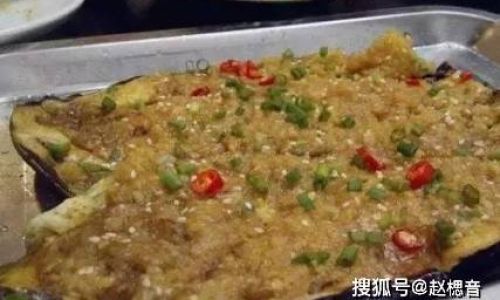
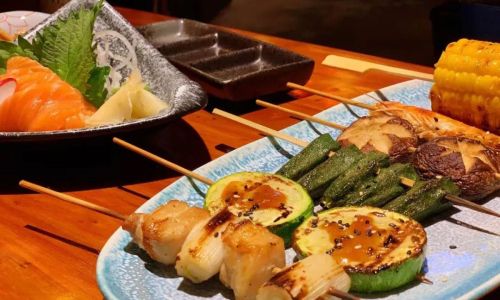
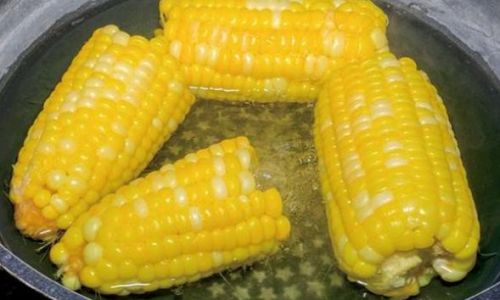
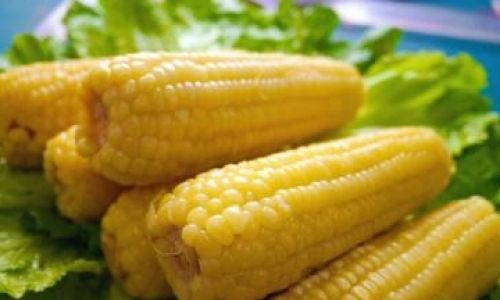
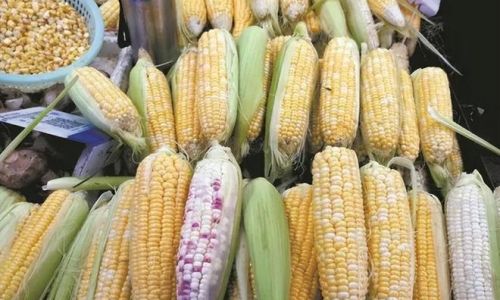
0 comments